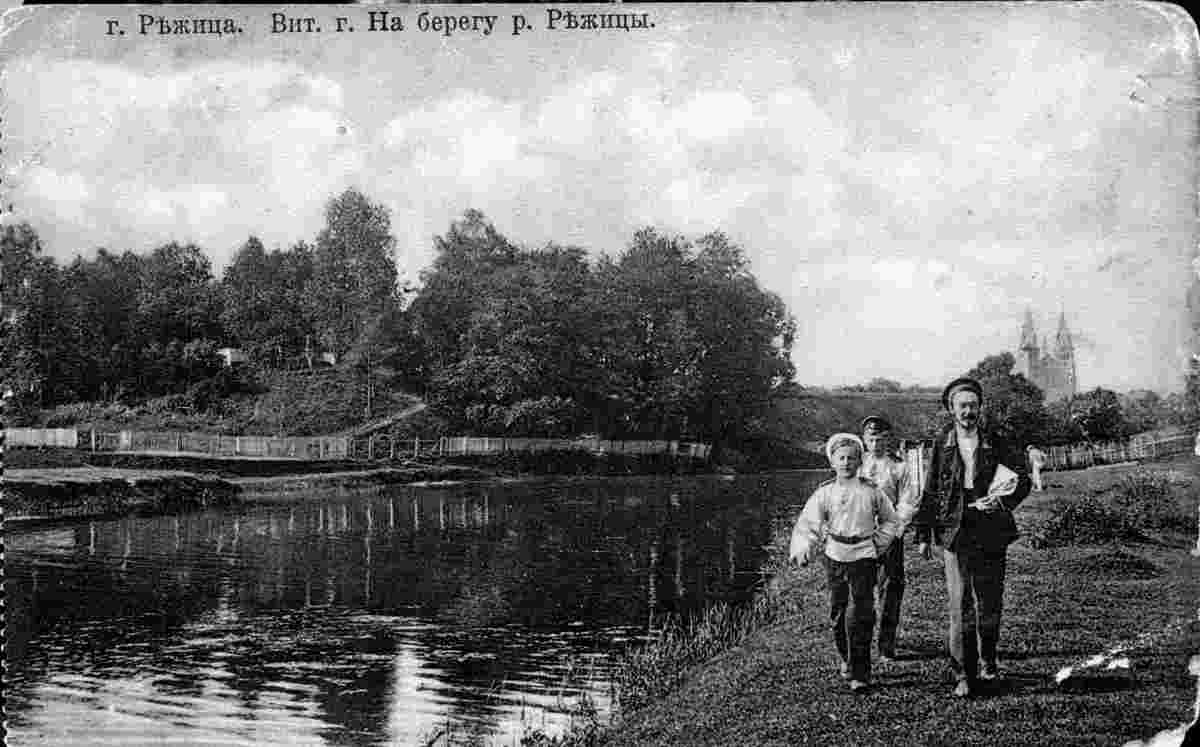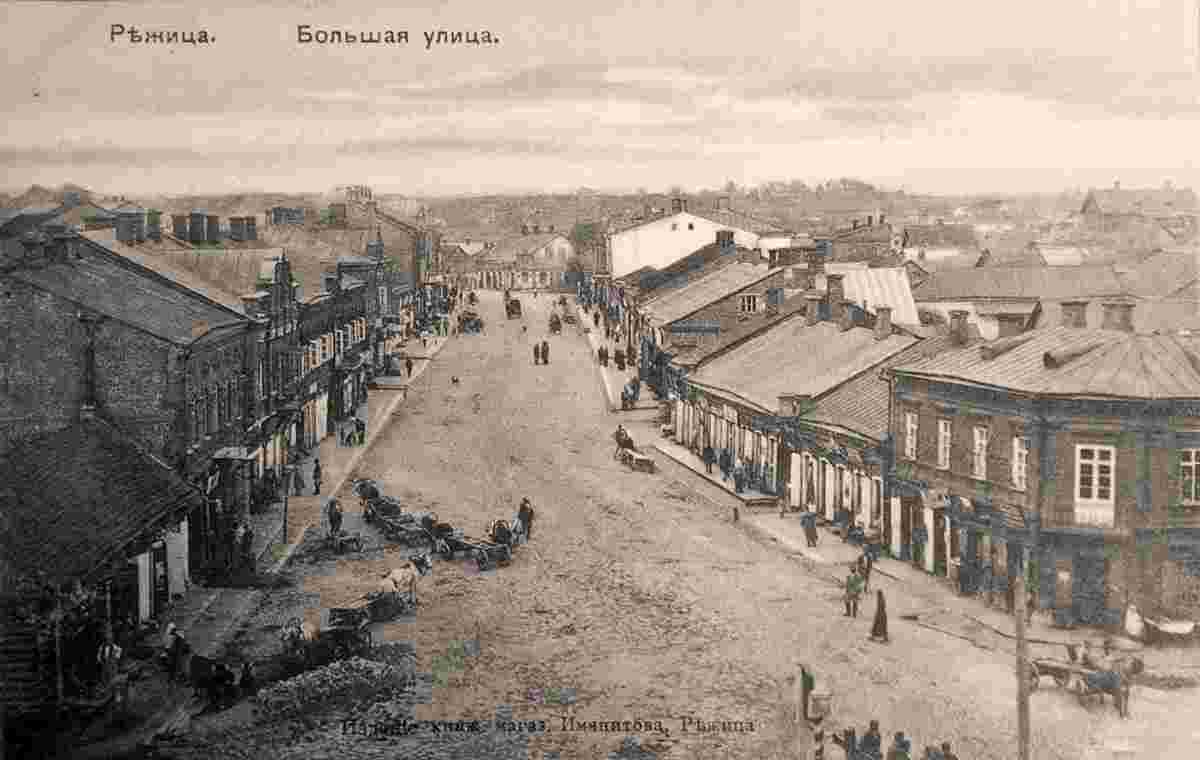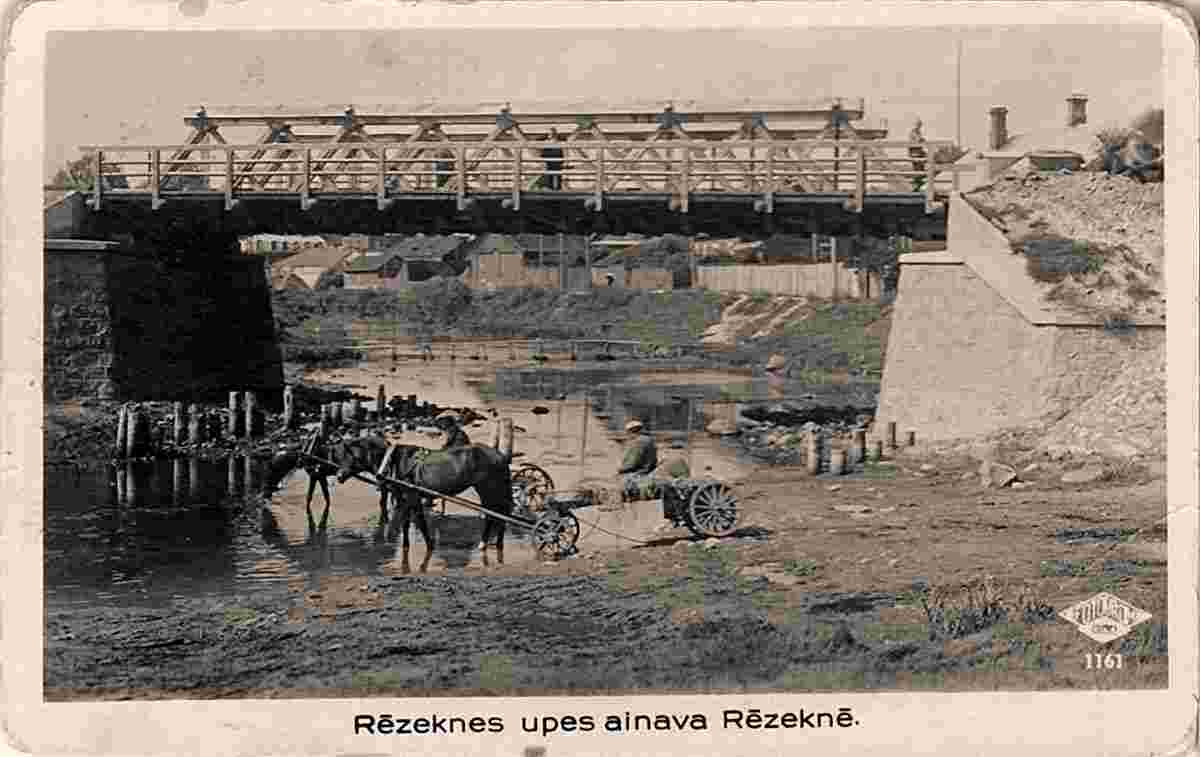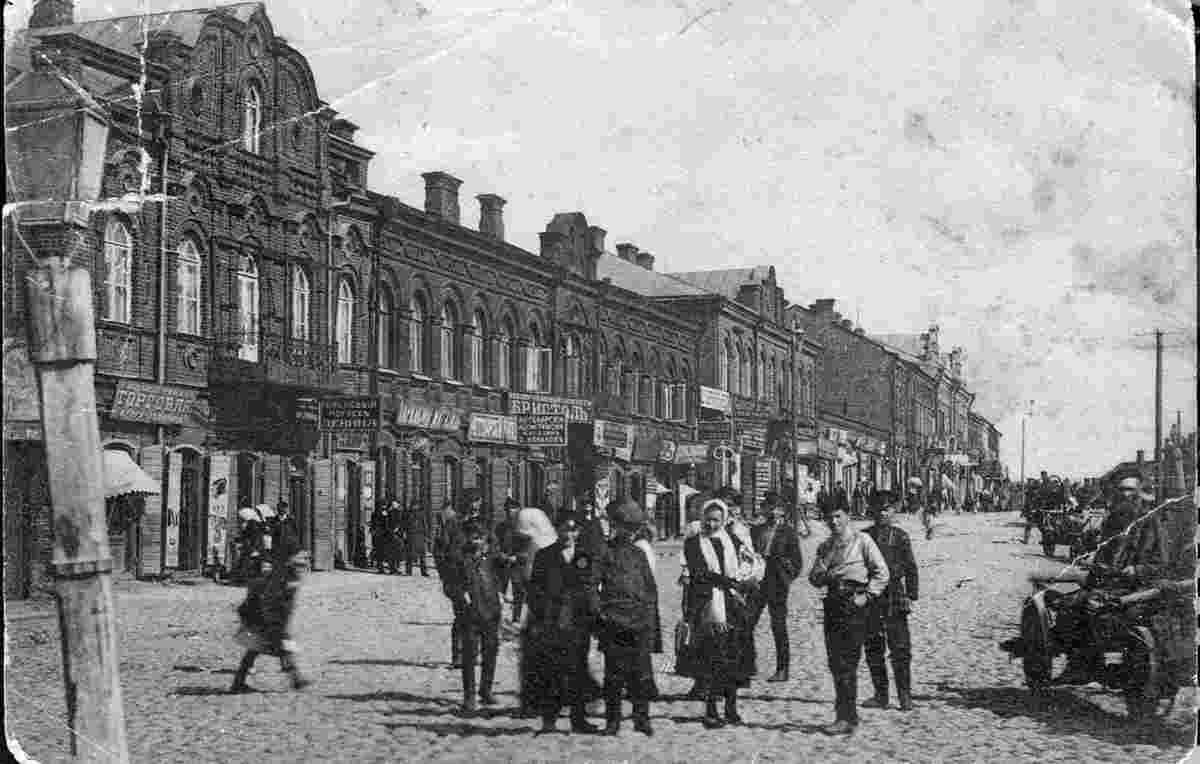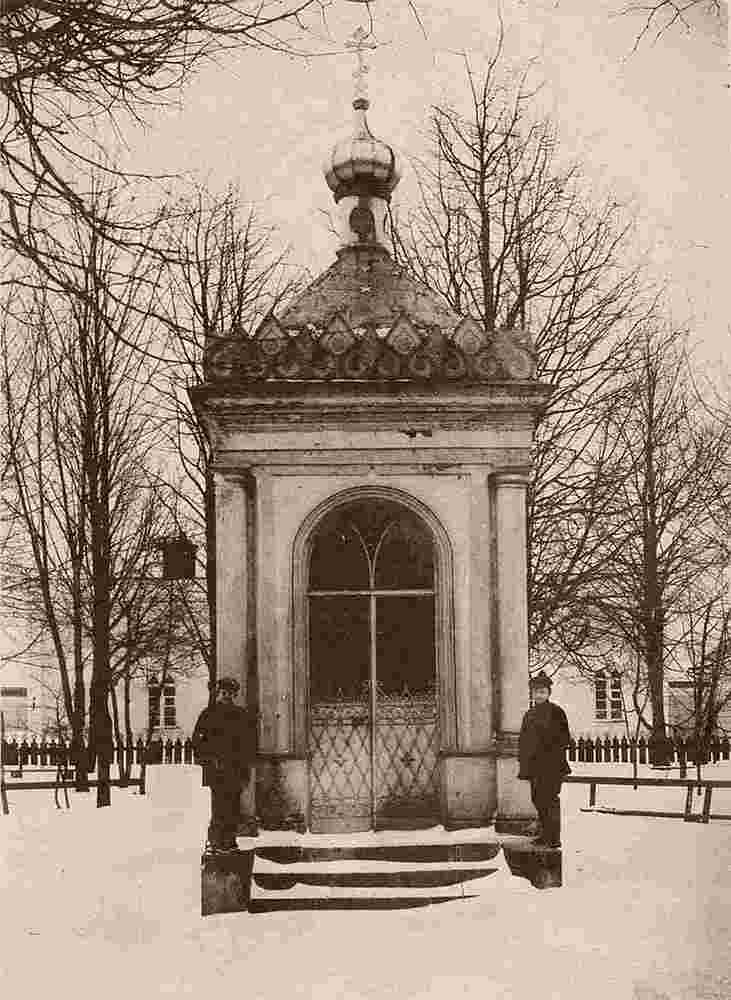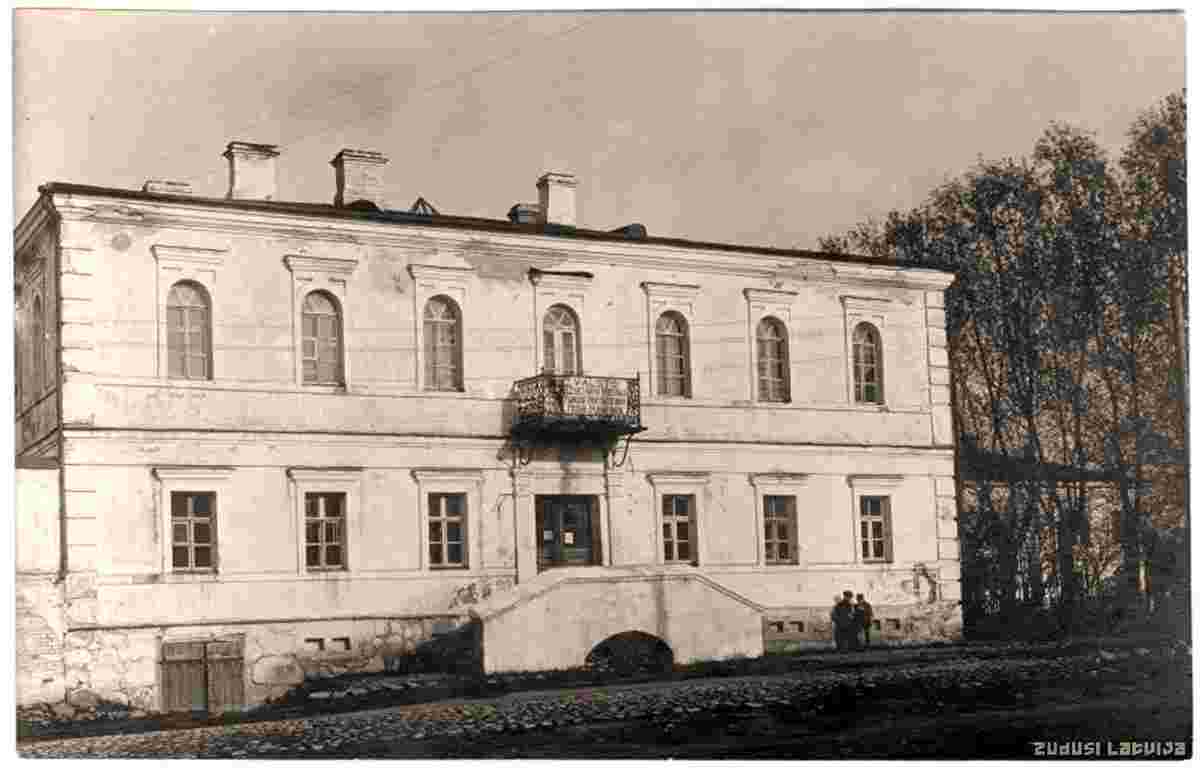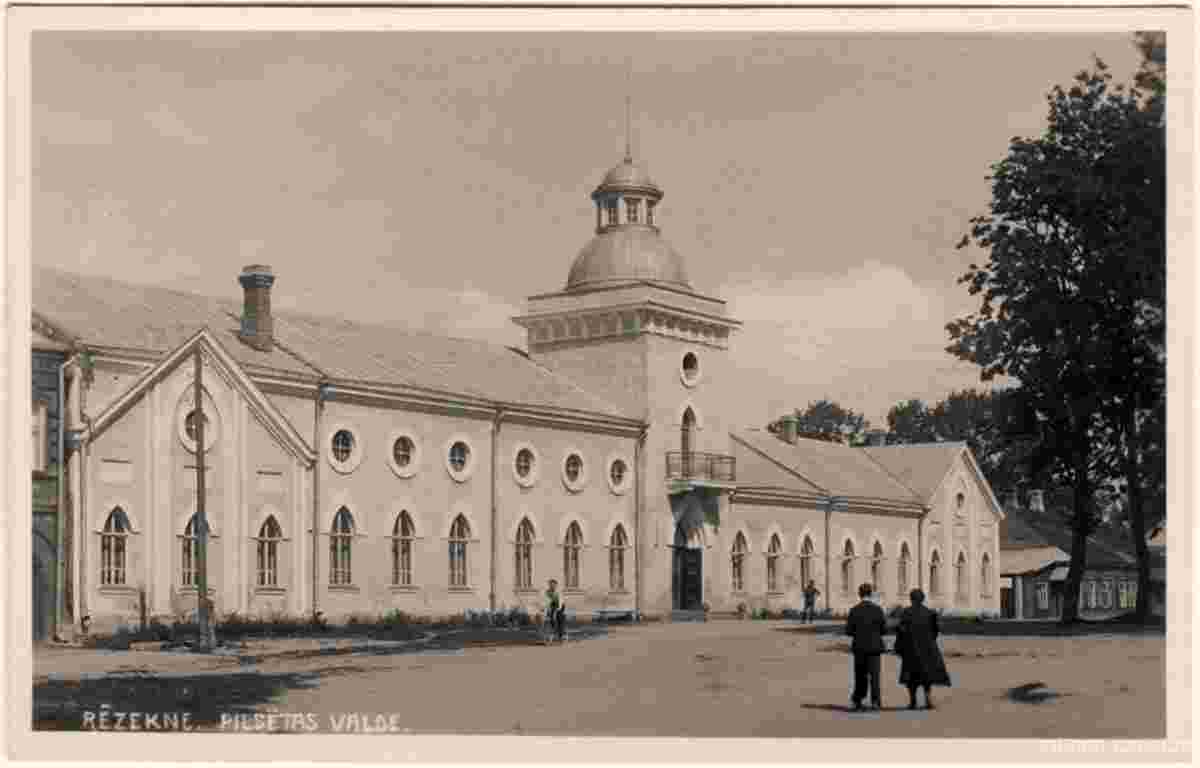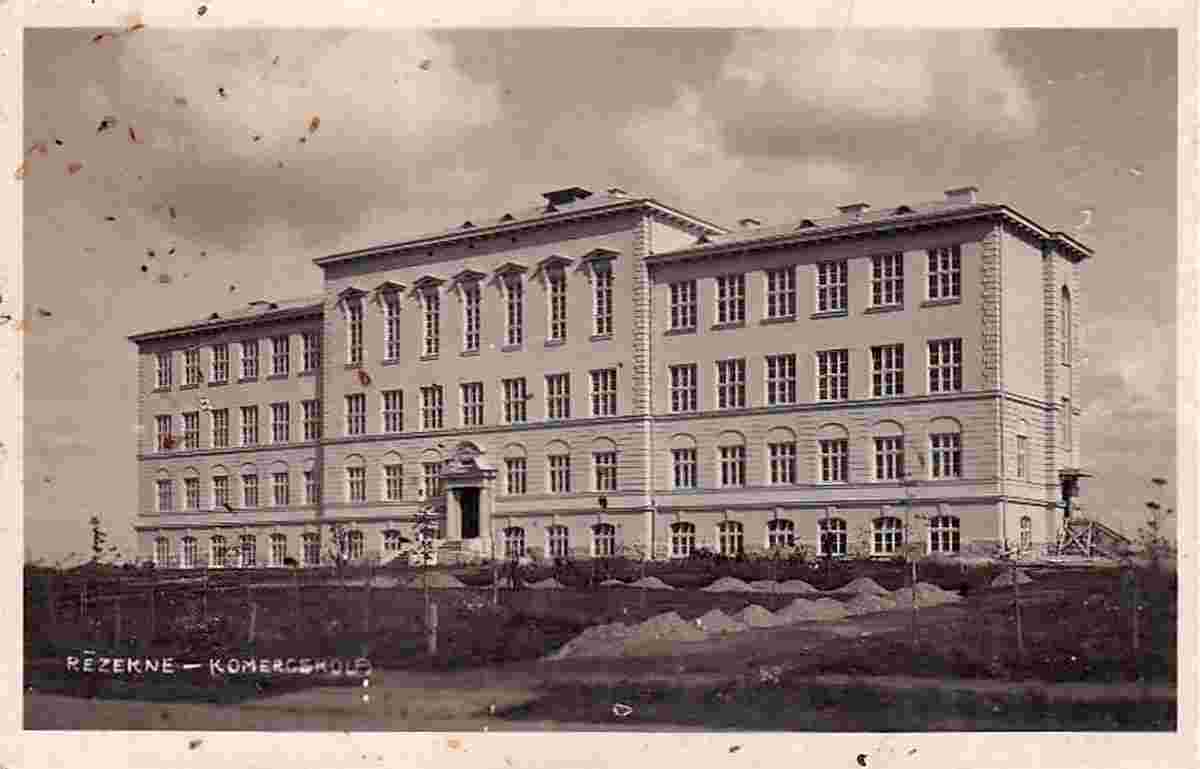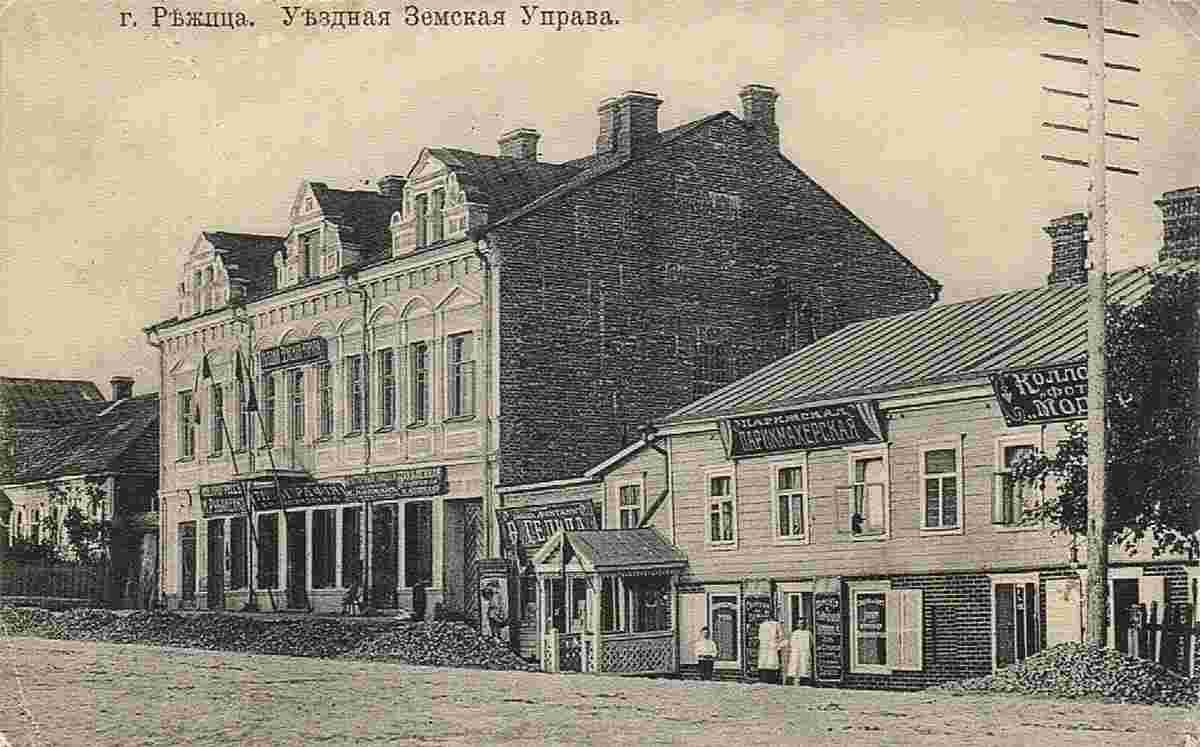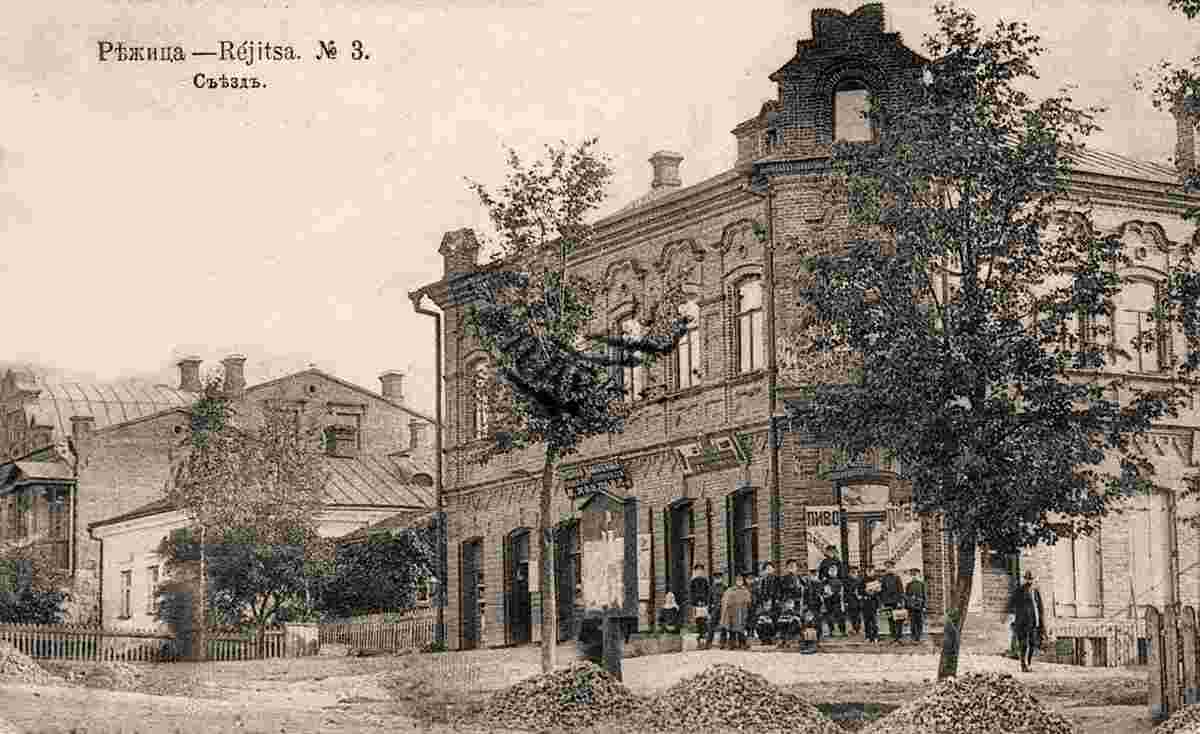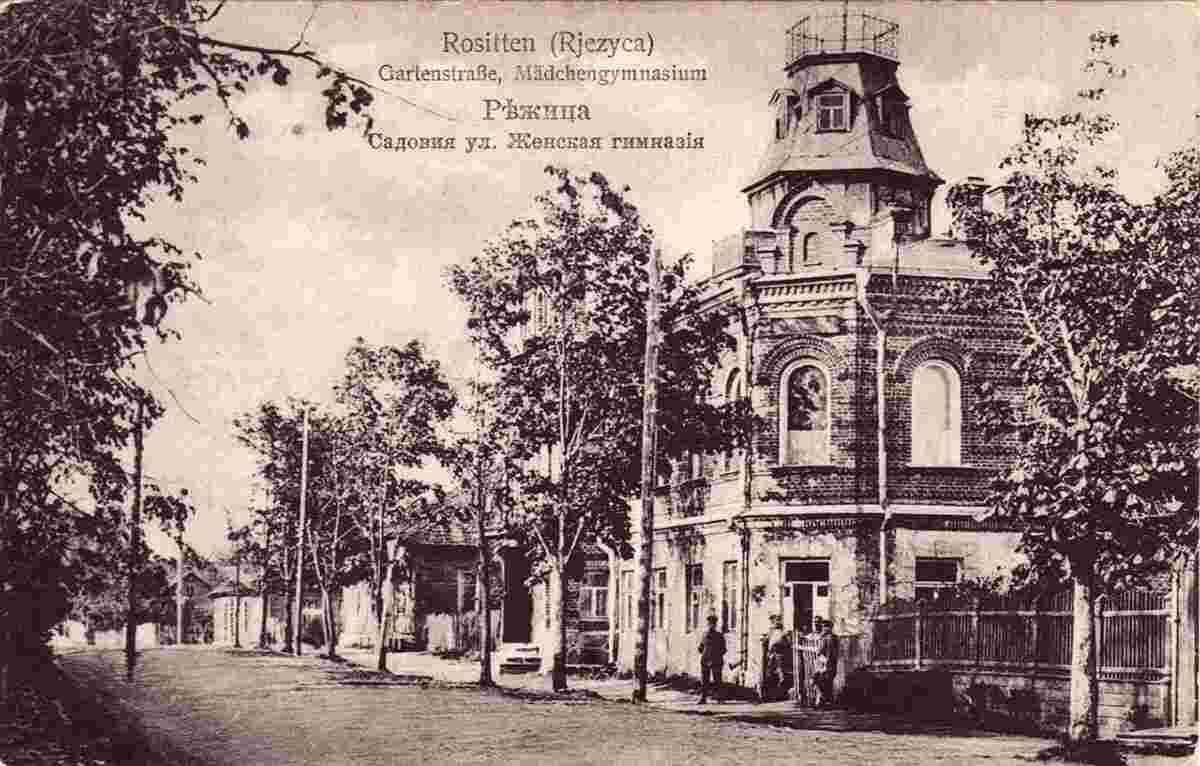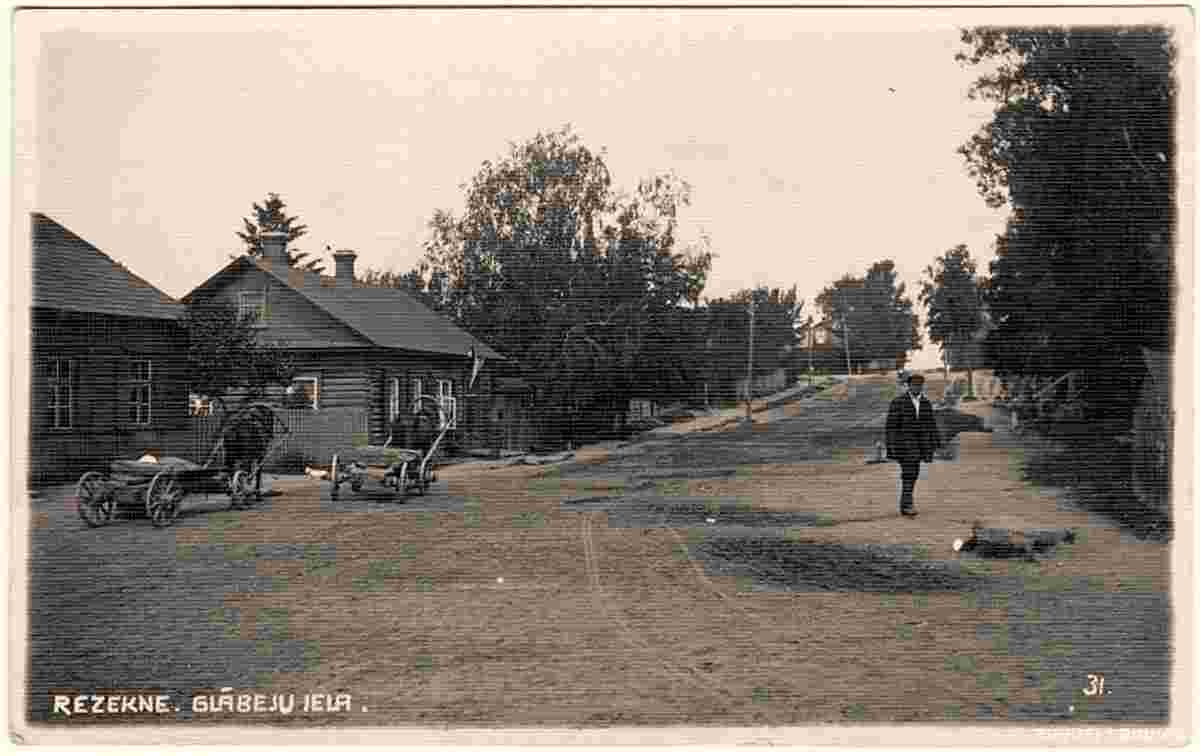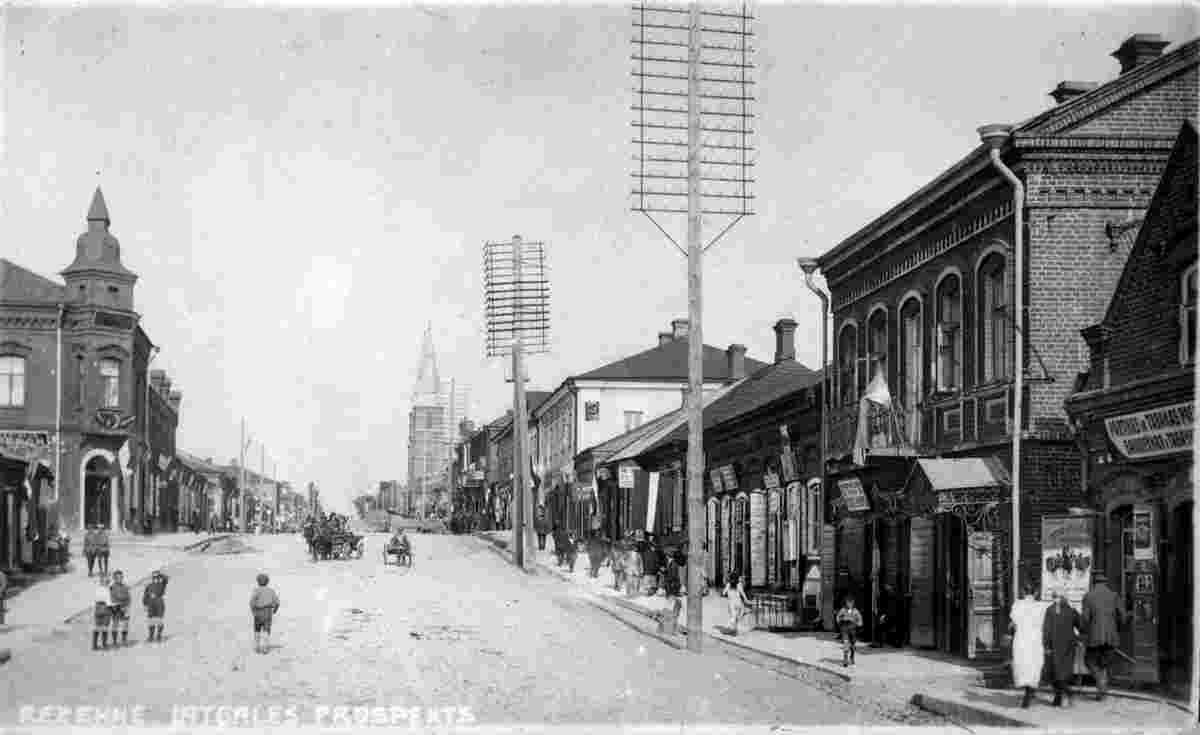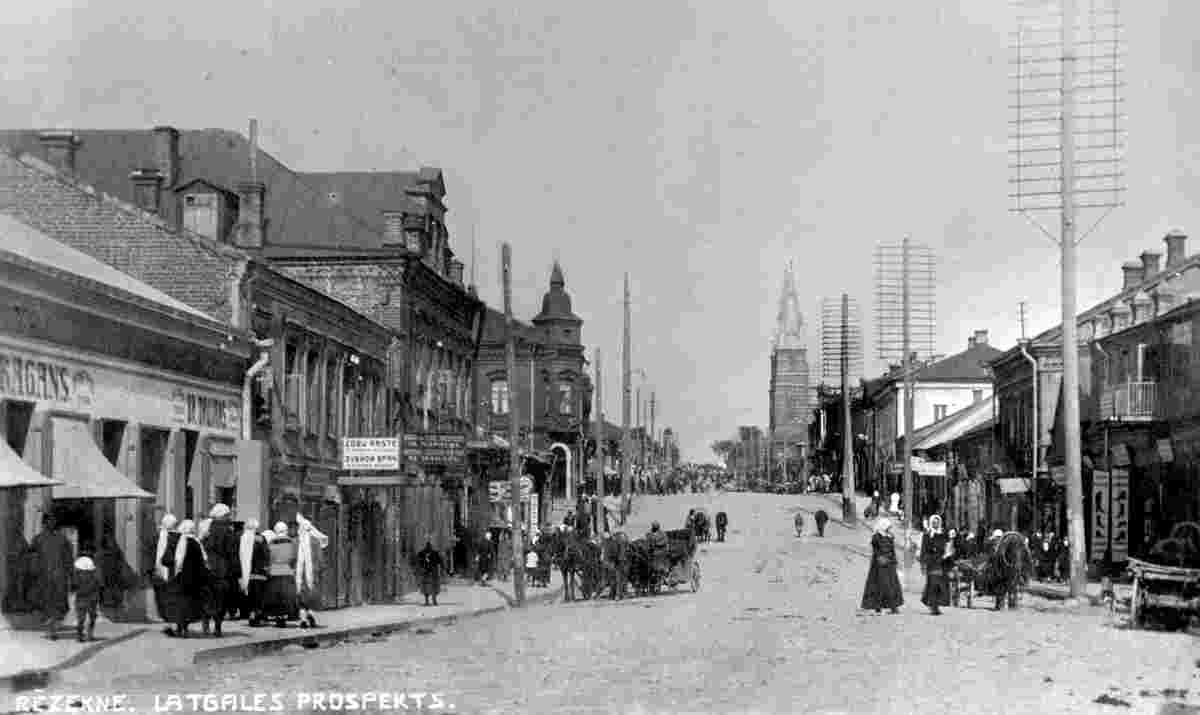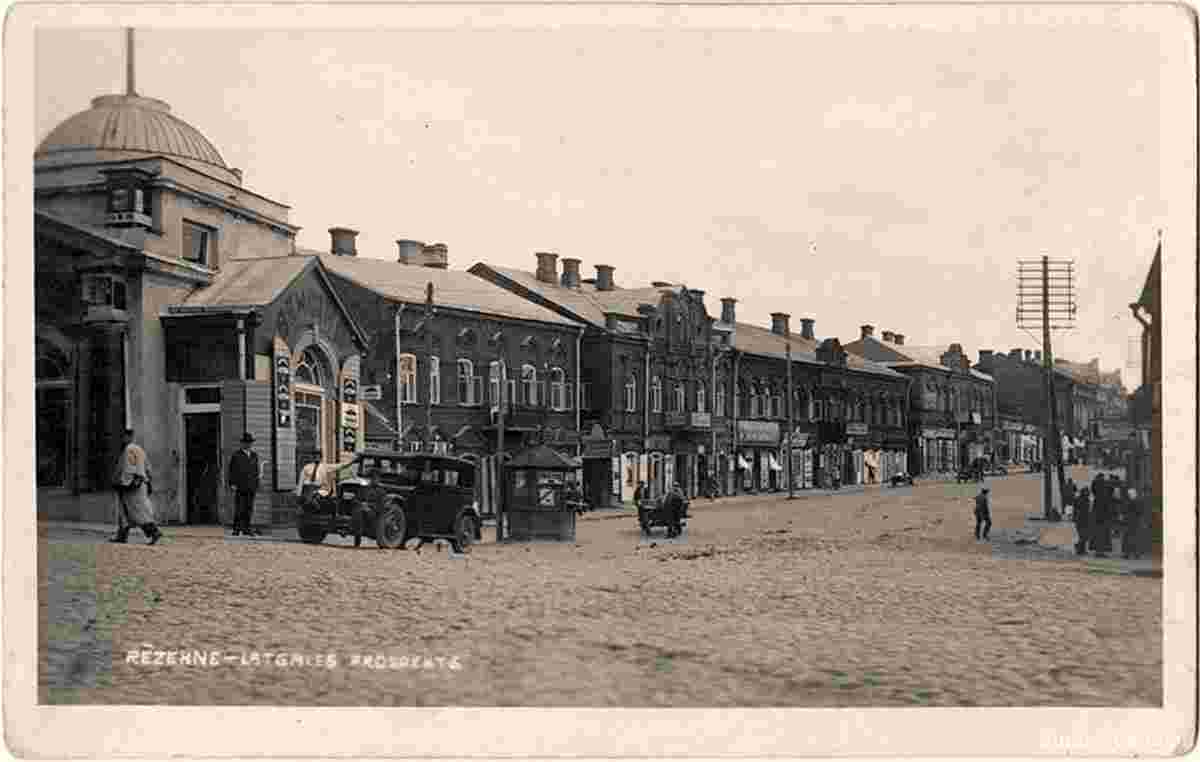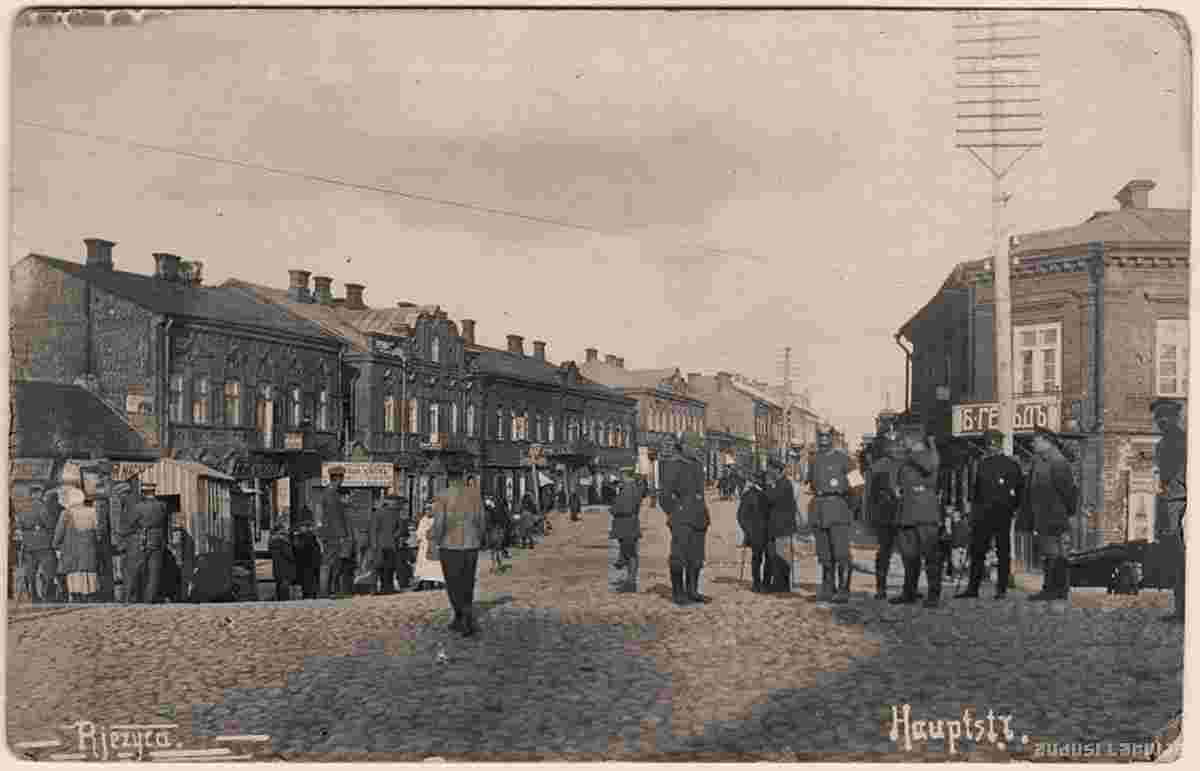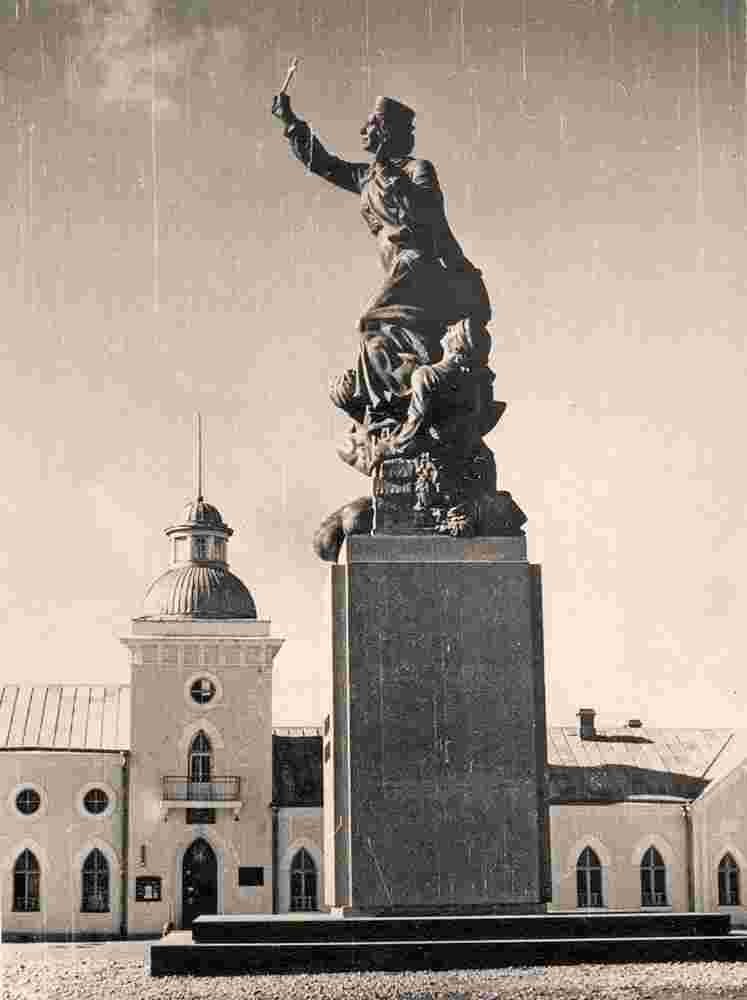Historical and old photos of Rezekne (german - Rositten, russian - Rezhitsa)
HistoryA Latgalian hill fort is known to have existed at Rēzekne from the 9th to the 13th centuries, until its destruction at the hands of German crusaders of the Livonian Order. In 1285, the knights built a stone fortress on the site, which is today known as Rēzekne castle ruins, to serve as a border post on their eastern frontier. The name Rēzekne was first documented in 1285. Throughout its early history, Rēzekne was attacked many times by Russian and Lithuanian forces. The town became part of the Polish–Lithuanian Commonwealth after the Peace of Jam Zapolski in 1582 during the Livonian War. Rēzekne received Magdeburg rights from Poland in the 17th century, but fell to the Russian Empire during the Partitions of Poland. In 1773, Rēzekne received city rights. Known as "Rezhitsa" during Russian rule, it was an uyezd center first in Pskov Governorate between 1772 and 1776, then Polotsk between 1776 and 1796, Belarus between 1796 and 1802 and finally in Vitebsk Governorate between 1802 and 1917. During the 19th century, the construction of the Moscow-Ventspils and Saint Petersburg-Warsaw railways transformed Rēzekne from a sleepy country town into an important city with two stations. In the spring of 1917, the first Latgalian congress was held in Rēzekne, in which Latgale was declared to unite with the other Latvian regions. Following Latvia's declaration of independence in 1918, the Latvian War of Independence and the driving out of both the German and Red armies from Latvia, the city became a cultural centre for all of Latgale. Rēzekne was heavily damaged by both Nazi and Soviet armies during World War II. It was captured by troops of the German Army Group North on 4 July 1941 and placed under the administration of the newly created Reichskommissariat Ostland on 25 July 1941. Rēzekne was recaptured by troops of the Soviet 2nd Belorussian Front on 27 July 1944. Due to the heavy air-bombing by Soviet forces in 1944, ⅔ of its buildings were destroyed. Out of a pre-war population of 13,300, only 5,000 people remained in the city at the end of the war. Rēzekne was rebuilt after the war with an emphasis on industrial development. Rēzekne had the 5th highest industrial output in the Latvian SSR, including a dairy processor (Rēzeknes Piena konservu kombināts), a lumber mill, and an electric-instrument factory (Rebir). During this time, many Russians moved to the city, making up a large part of the population (48.5% in 2007). Origin: en.wikipedia.org | ||||||||||||
 |
Historical and old photos of Rezekne (german - Rositten, russian - Rezhitsa)
Rēzeknes vēsturiskās un senās fotogrāfijas (vāciski - Rositten, krieviski - Režitsa) |
| Main page • Countries of Europa • Cities of Latvia |
| Robinson Rd, CB 13862 Nassau, NP, The Bahamas |
 •
• 
